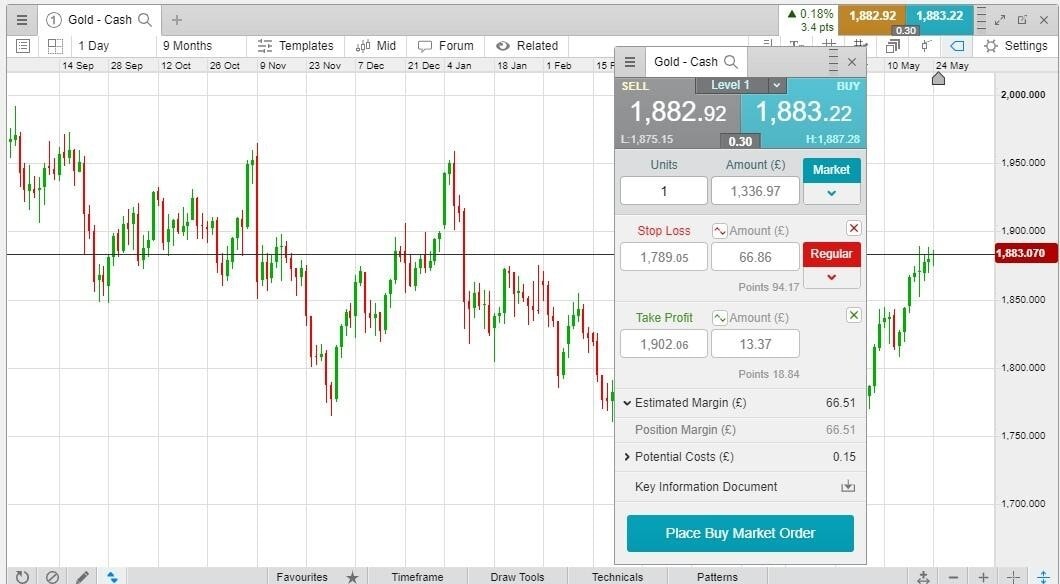Entering the trading world can feel like stepping into a high-stakes arena, where decisions made in a split second can lead to substantial gains or losses. For many aspiring traders, the allure of financial independence is intoxicating, yet the complexities of the markets can be daunting.
This is where simulated trading comes into play, serving as a crucial tool for those looking to build a solid foundation for their trading career. Simulated trading transforms abstract theories into actionable skills by providing a risk-free environment to test strategies, develop instincts, and learn from mistakes without the pressure of real money on the line.
Whether you’re a complete novice or someone with some experience looking to refine your approach, leveraging this powerful practice can pave the way for lasting success. Dive in as we explore the transformative potential of simulated trading and how it can be the cornerstone of a thriving trading journey.
Benefits of Simulated Trading

Setting Up Your Simulated Trading Environment

Setting up your simulated trading environment is a crucial first step in embarking on your trading journey. Begin by choosing a robust trading platform that offers real-time market data and a comprehensive suite of tools; this is your playground for experimentation.
Customize your interface to reflect the markets you plan to trade, whether they are stocks, forex, or cryptocurrencies. You might want to replicate the layout of professional trading desks to get familiar with the environment.
Next, take time to dive into the educational resources provided by the platform, from tutorials to community forums, as these can offer insights that textbooks often miss. Dont forget to create a dedicated space where you can focus, free from distractions, allowing you to immerse yourself in this virtual trading world.
By meticulously crafting your simulated environment, you’ll lay down a solid foundation to test strategies, learn the intricacies of market behavior, and ultimately cultivate the discipline that will serve you well in your trading career.
Developing a Trading Plan

Developing a trading plan is not merely a step; it’s the foundation upon which your entire trading career will stand. Imagine crafting an intricate blueprint that outlines your goals, risk tolerance, and the specific strategies you intend to employ.
Start with a clear definition of what you aim to achieve—are you seeking quick gains, or are you in for the long haul? From there, delve into the nuances of market analysis, deciding whether you’ll focus on technical signals or fundamental indicators to guide your decisions. The age-old adage fails to plan, plan to fail rings especially true in the fast-paced world of trading, where emotional reactions can lead to costly mistakes.
So, take the time to map out your entry and exit strategies, setting precise criteria that can help remove guesswork when the moment of truth arrives. Remember, a well-thought-out trading plan isn’t just a document; it’s your steadfast companion in navigating the market’s unpredictable waters, paving the way for disciplined execution and consistent growth.
Conclusion
In conclusion, simulated trading offers an invaluable opportunity for both novice and experienced traders to hone their skills without the financial risk associated with live markets. By allowing traders to practice strategies, refine their decision-making processes, and gain a deeper understanding of market dynamics, simulated trading serves as a crucial stepping stone in one’s trading career.
Furthermore, integrating tools like depth of market live can enhance this learning experience by providing real-time insights into market liquidity and order flows. Ultimately, leveraging simulated trading alongside robust analytical tools can help aspiring traders build a solid foundation for a successful and sustainable career in the financial markets.


